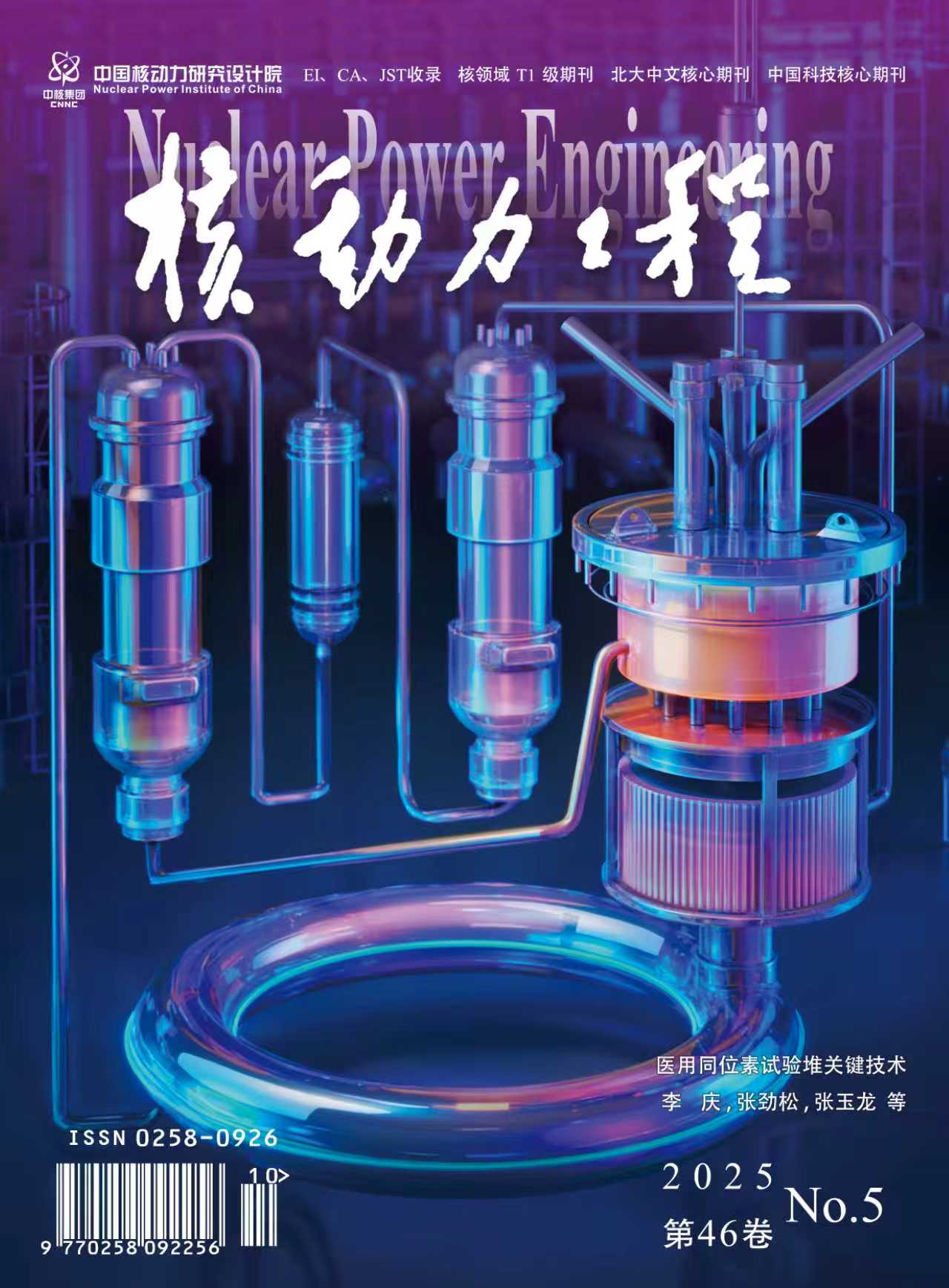Abstract:
In order to explore the influence of rotor eccentricity ratio on the sealing excitation force caused by rotor of the reactor coolant pump, based on the Reynolds-averaged Navier-Stokes equations and RNG k-ε turbulence model, 3 types of wear-ring sealing schemes of plane seal, labyrinth seal and spiral seal are selected to numerically calculate the internal flow inside the wear-ring clearance of the reactor coolant pump, and the distribution laws of pressure, leakage and sealing excitation force inside the clearance of wear-ring are obtained. The results show the predicted performance of the model pump is in good agreement with the experimental value, and the maximum error of head is 4.78%. When the rotor has no eccentricity, compared with the plane seal, the leakage of the wear-ring by the spiral seal scheme can be significantly reduced by 93.1%, and the sealing excitation force can increase by 63%. When the eccentricity ratio is 10%, the pressure distribution of the wear-ring is more uniform along the circumferential direction; When the eccentricity ratio is 30%, there is a band pressure sudden rise zone in the clearance of wear-ring near the eccentric position in the circumferential direction. Compared with the non-eccentric scheme, the leakage of the plane seal is significantly reduced by 43.6%, and the sealing excitation force is increased by 4.4 times, labyrinth seal and spiral seal can significantly reduce the sealing excitation force caused by eccentric rotor, and labyrinth seal can significantly reduce by 55%; When the eccentricity ratio is 50%, the band pressure sudden rise zone within the wear-ring clearance tends to the high-pressure side; The numerical prediction method provides a theoretical basis for revealing the influencing factors of eccentric rotor on the sealing excitation force of the reactor coolant pump.



